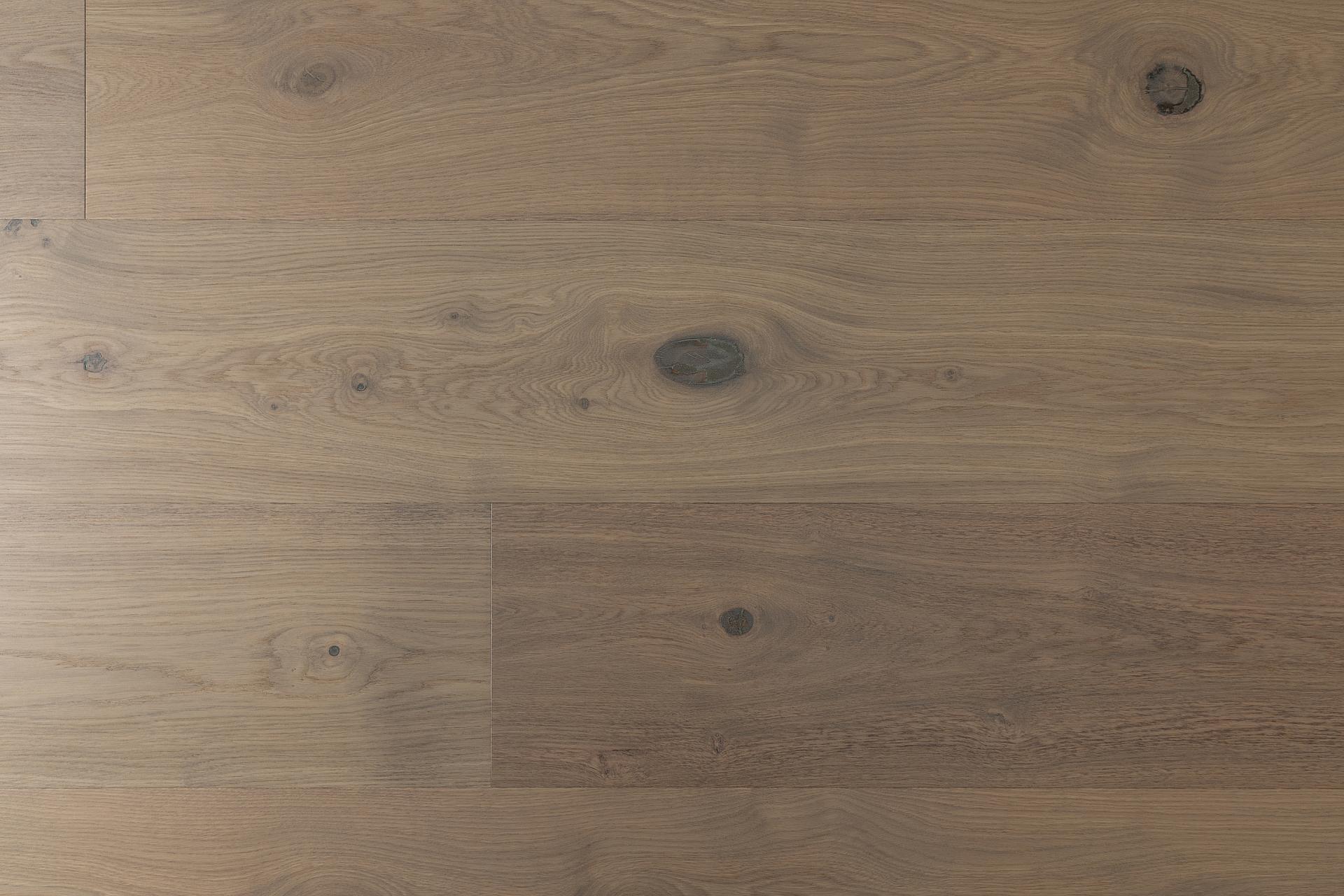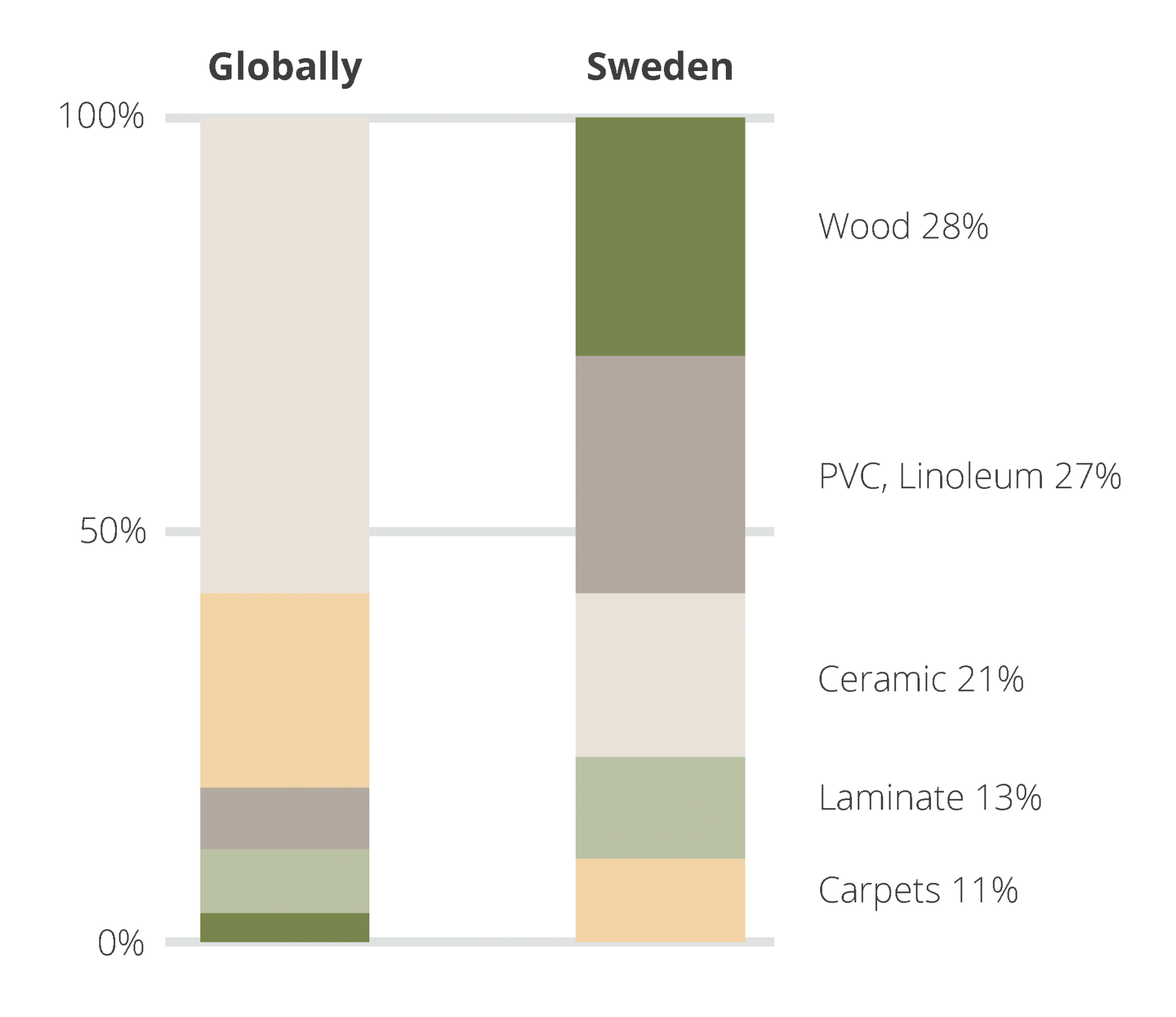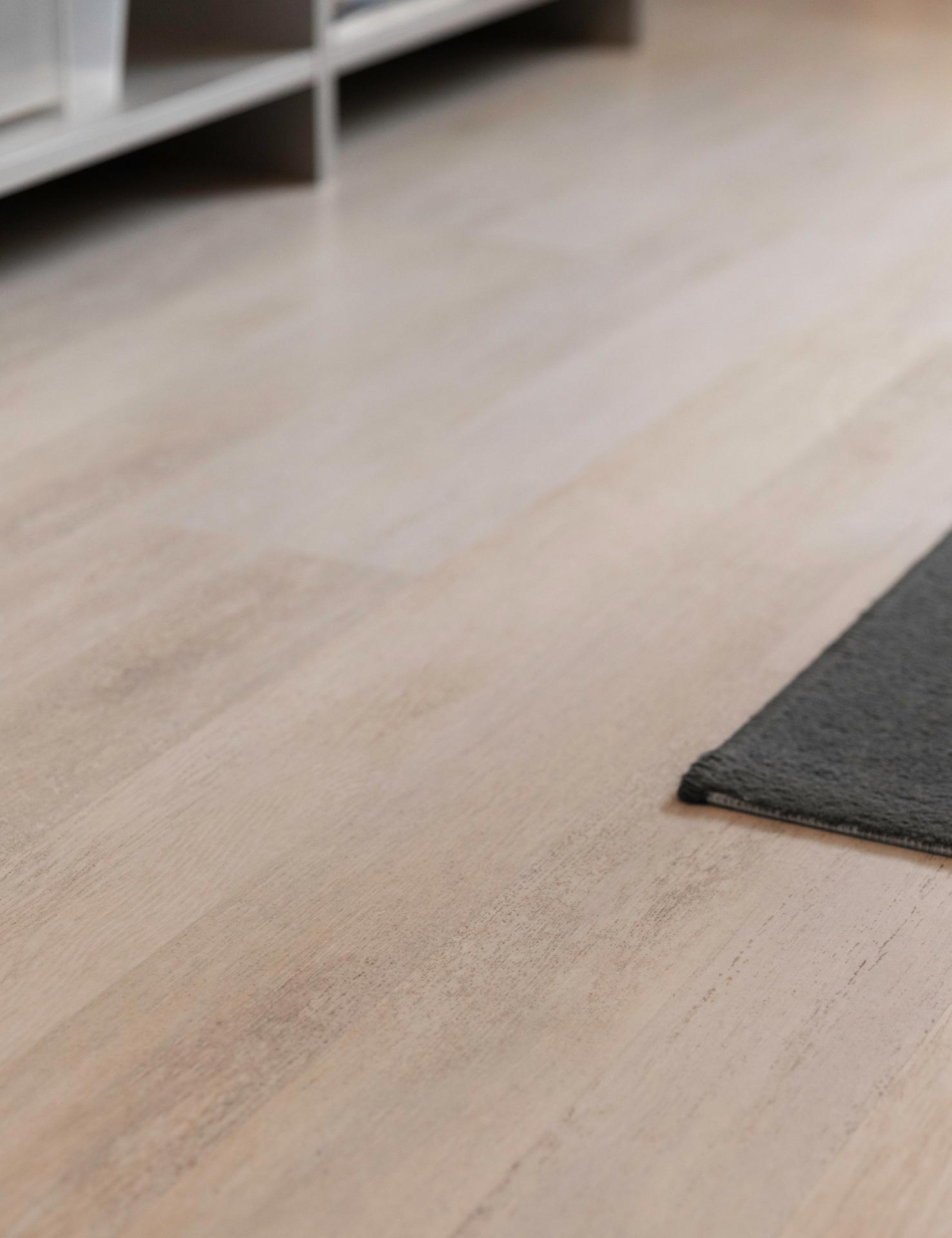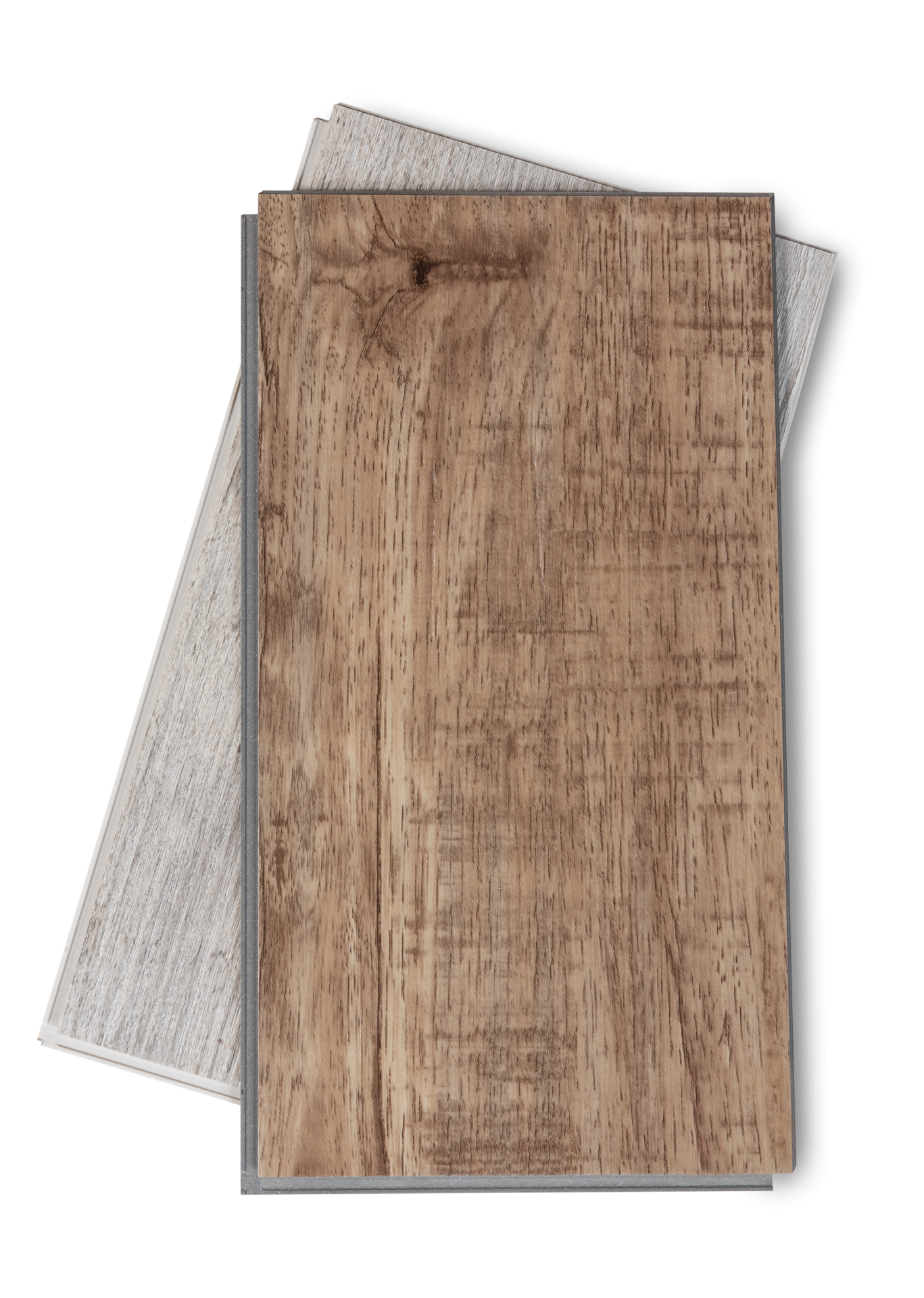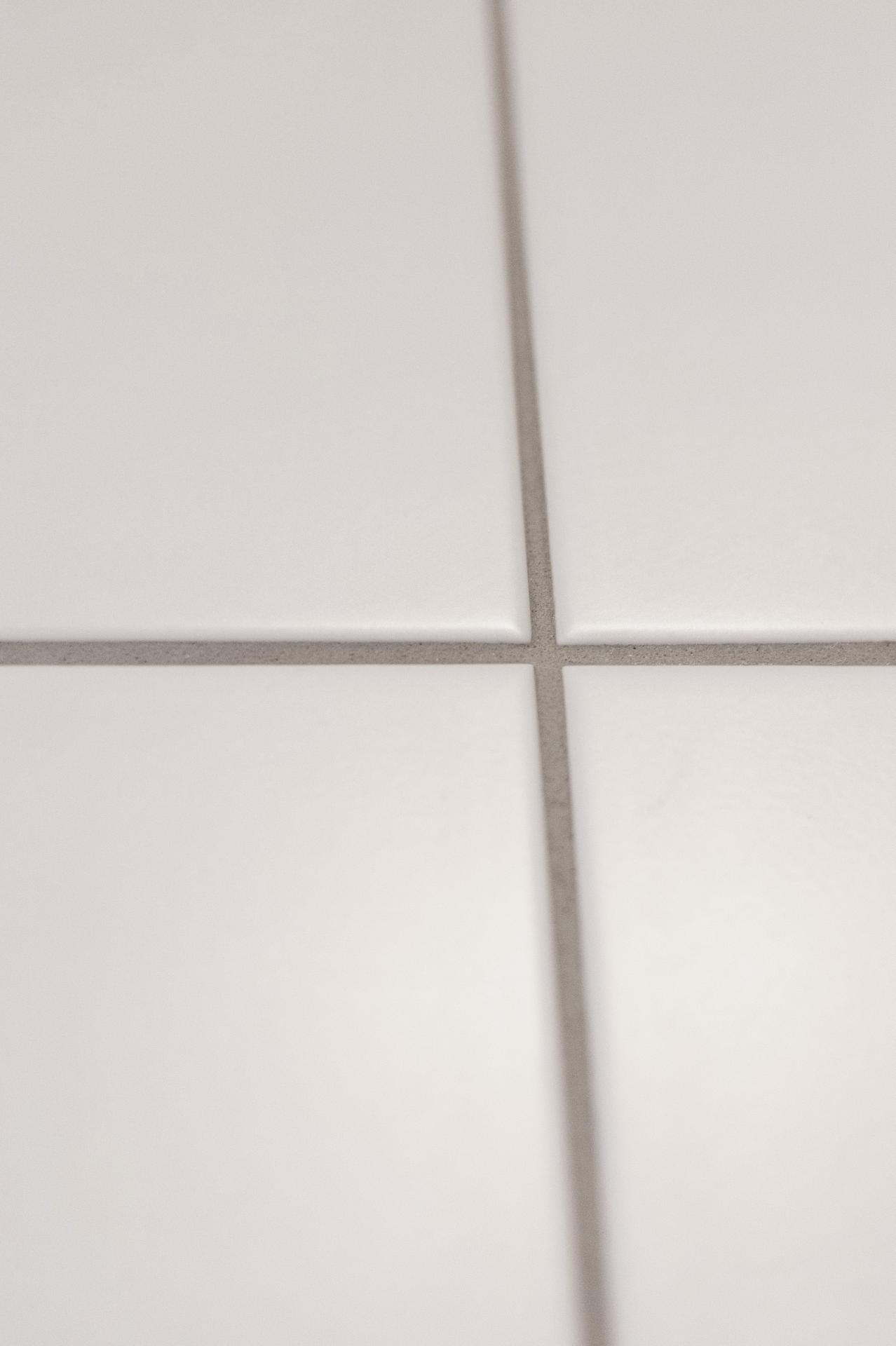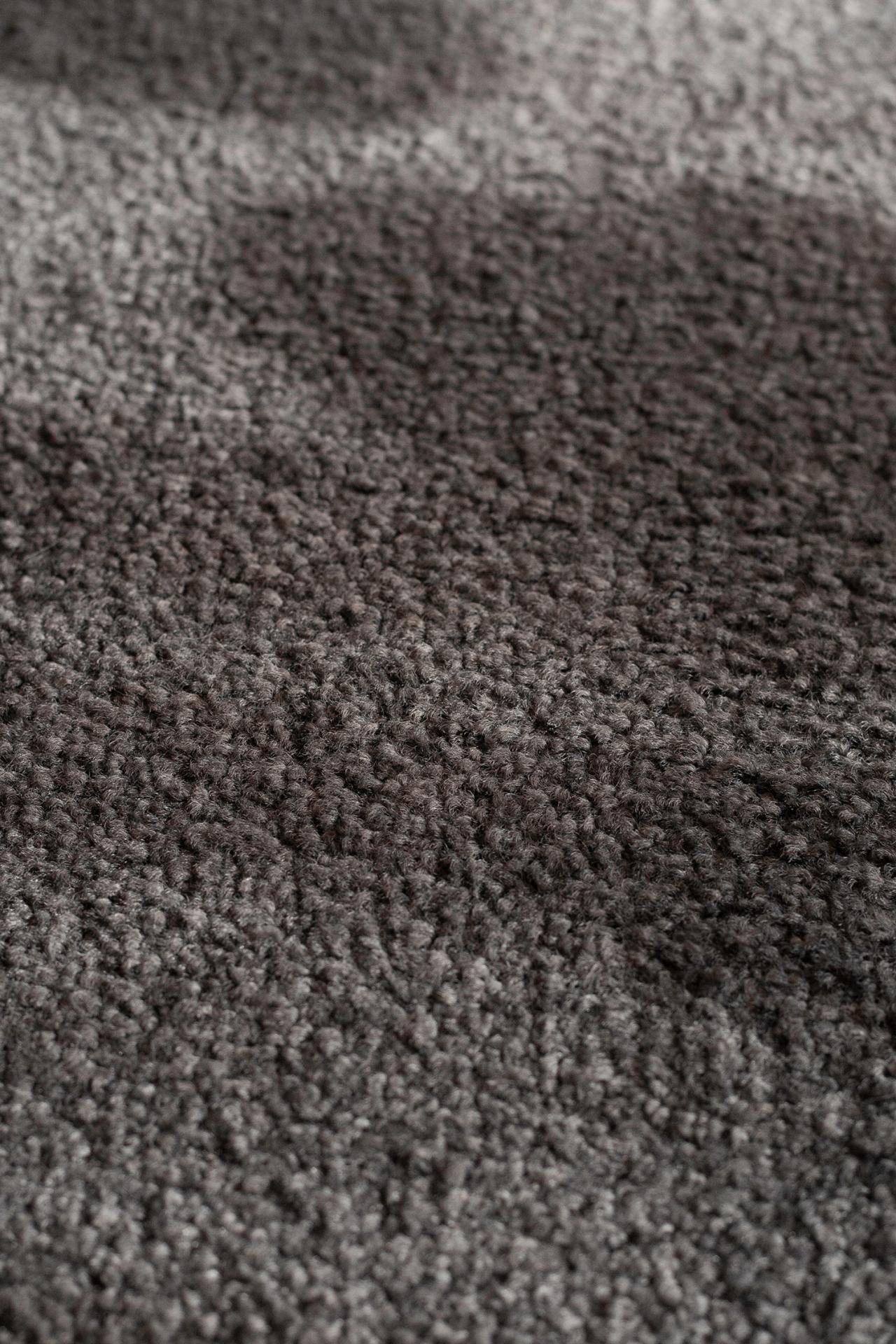Other floor types
Other flooring types such as laminate, vinyl, linoleum and ceramic
When selecting a floor, you have to choose from the options available on the market. In such cases, it is important to be aware of the advantages and disadvantages of the different floors and where they can be installed.
Wherever you are indoors, there is some kind of floor. The global market for flooring is substantial and amounts to about 15 billion m2 annually. The largest flooring category in the world is ceramic flooring, manufactured for thousands of years and common in southern Europe and Asia. In hot countries, floors that are cool and can withstand high humidity are appreciated. Nylon wall-to-wall carpeting is still a common flooring material, mainly in the UK and the USA.
The market in Sweden and other Nordic countries is different, where the largest flooring category is wood due to the fact that we have a lot of forest that generations have used to manufacture flooring suited to our environment and that feels warm to walk on. PVC and linoleum are mainly used in public environments.
Laminate floors
Laminate, a type of flooring invented by our founders in the 1970s during their employment at Perstorp AB, consists of a wood fiber core that has a surface layer of printed decorative paper protected by a transparent wear layer. Laminate floors are available in many finishes, from inexpensive floors that are sensitive to moisture, have weak surface layers and poor jointing systems, to more expensive and high-performance and quality floors.
The best laminate floors on the market have high durability and impact resistance, but not as high as ceramic wood composite, which with the exception of wet rooms, can be installed in any room in an apartment or house. It is best to choose a laminate floor from a reputable company. Like wooden floors, laminate floors mainly consist of wood and are therefore usually CO2-negative and environmentally positive.
The major difference between a laminate floor and a hardened wood floor is that the hardened wood floor's real wood surface is created by nature and is difficult to emulate with printed paper.
Plastic and linoleum floors
Plastic floors are made of PVC plastic and are available in two finishes. The first type is an adhesive carpet and the second is vinyl flooring, also called LVT (Luxury Vinyl Tiles) or SPC (Stone Plastic Composite).
As early as 2002, our sister company Välinge Innovation AB invented and patented this type of plastic flooring, manufactured as planks with click joints. LVT has a softer core of PVC mixed with non-plastic filler material and SPC has a similar but stiffer core.
Vinyl floors often have attractive patterns resembling wood. The surface consists of a printed decorative PVC foil and a protective wear layer, usually a durable polyurethane lacquer. High-quality vinyl floors have two wear layers, a thin transparent PVC foil and a protective layer of polyurethane lacquer. When the lacquer is worn down, the floor will be damaged if the transparent foil is missing. Durability increases significantly when there is a transparent foil, but the transparent PVC surface becomes stain-sensitive if the lacquer layer is worn away. However, high-quality vinyl flooring generally has good durability and lasts a long time in home environments.
Another advantage is that many vinyl floors, especially LVT, are soft and quiet to walk on. They are also thin, facilitating installation over an existing floor.
Vinyl floors are marketed as being moisture-proof, but this is not entirely accurate. While both the surface and the core are moisture-proof, there is still a mechanical joint that can allow water to pass through to the subfloor. We have developed new moisture-proof click joints for vinyl floors, but they are not yet available on the market.
An additional problem is that vinyl floors are temperature sensitive. They expand in the heat and shrink in the cold. Therefore, they should not be installed in places like conservatories where temperatures can greatly vary.
Vinyl flooring has many good properties and we might have included it in our product range were it not for the fact that it contains PVC, which is not good from an environmental and global warming standpoint. In recent years, the proportion of PVC has decreased. In most cases, vinyl flooring can be replaced with more environmentally friendly flooring such as hardened wood, ceramic wood composite and laminate flooring.
Linoleum floors consist of natural materials such as linseed oil mixed with cork , limestone or wood flour and do not contain PVC. It is an environmentally friendly floor that is also hard-wearing and sound-absorbing. The main disadvantage is that there are limited finishes, which is why it is mainly used in public spaces.
Ceramic floors
Most modern ceramic floors are manufactured by compressing dry clay powder into a core. This core is then decorated with digital printing technology and then covered with a thin transparent glaze layer. The decorated and glazed core is then fired in extreme heat for a long period of time.
This process is very energy-intensive and generates excessive amounts of carbon dioxide. In addition, ceramic floors are heavy, leading to additional carbon dioxide emissions from transportation. Ceramic floors are therefore very environmentally negative. Other disadvantages are that the installation costs are high and a stable subfloor is required to prevent the tiles cracking.
Ceramic tiles also crack easily if you drop a heavy metal object. Other disadvantages are that it cannot be used immediately and grout residue must be wiped off. This means higher travel time costs for floor layers, as even small rooms cannot be laid all in one day. The advantage of ceramics is that there is a wide range of attractive finishes and textures and it is highly suitable in wet rooms.
Wall-to-wall carpet
Wall-to-wall carpet is soft, quiet and available in many different finishes. They work well in bedrooms, for example. Wall-to-wall carpet is no longer used to the same extent as it is difficult to clean and is poorly suited to people suffering from asthma or allergies. In addition, most wall-to-wall carpets are made of nylon, which is environmentally negative and difficult to recycle.
In summary
Bear in mind that the cost of a floor is two-fold, there is the product cost and the installation cost. It is just as expensive to install a cheap floor that may not last long as it is to install a more expensive floor with a longer service life. A high-quality floor with a long service life is always more environmentally friendly than a floor with a short service life.
To protect the environment and where appropriate, you should choose a wood-based floor such as a hardened wood, parquet, ceramic wood composite, laminate or linoleum. If you want an environmentally friendly but inexpensive floor, choose a three-strip parquet floor or a laminate floor. If you want an environmentally-friendly, affordable, high-quality wood floor when compared with traditional wooden floors, choose a hardened wood floor in plank format or a click-joint herringbone floor. Ceramic wood composite with the click joint system is generally a better choice than ceramics in halls, kitchens and outdoor areas, for example, as it is more environmentally friendly and easier to install. In wet rooms, ceramics are still the best option, and they are also suitable for conservatories. Wall-to-wall carpets are best suited to bedrooms. Vinyl floors can be good in the kitchen and laundry room, but it can be beneficial to choose the softer LVT version which is more comfortable to stand on.
Even if you choose floors that are carbon positive, such as vinyl and ceramic floors, you can still make a major environmental contribution by installing as much wood flooring as possible. These wooden floors can bind as much carbon dioxide as the other floors emit, and in total your home can still become climate neutral in terms of carbon dioxide. Wooden floors thus enable us to also use other CO2 positive floor types without contributing to global warming.
